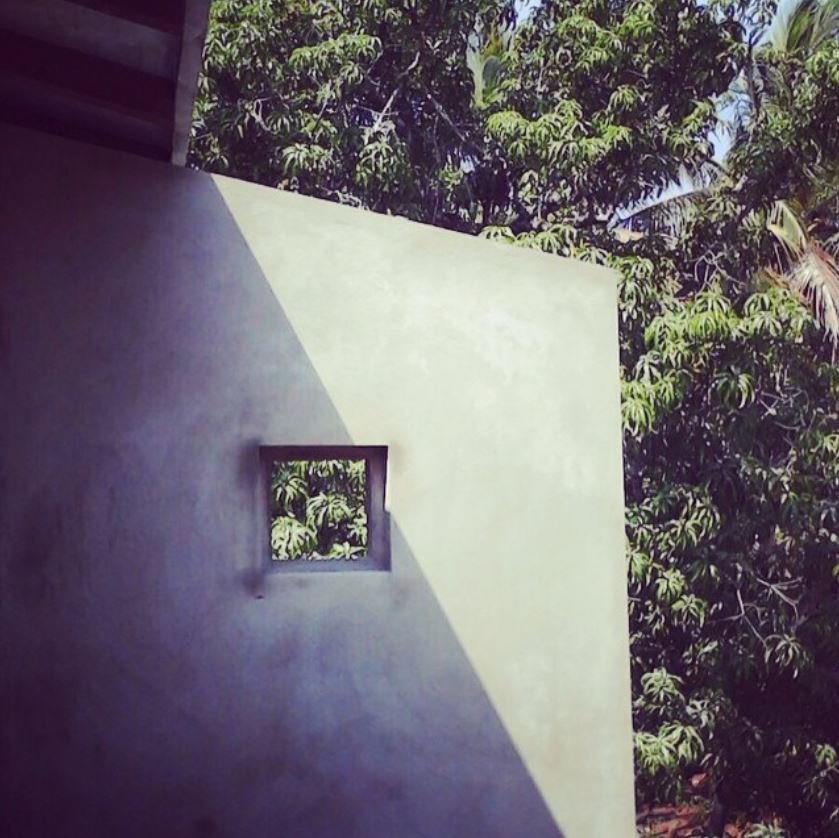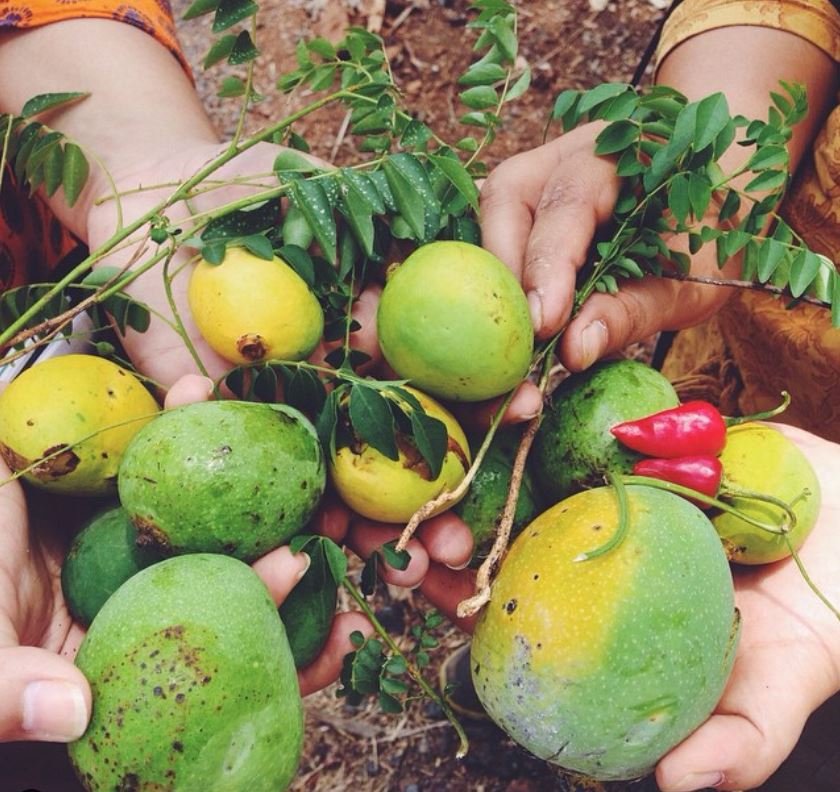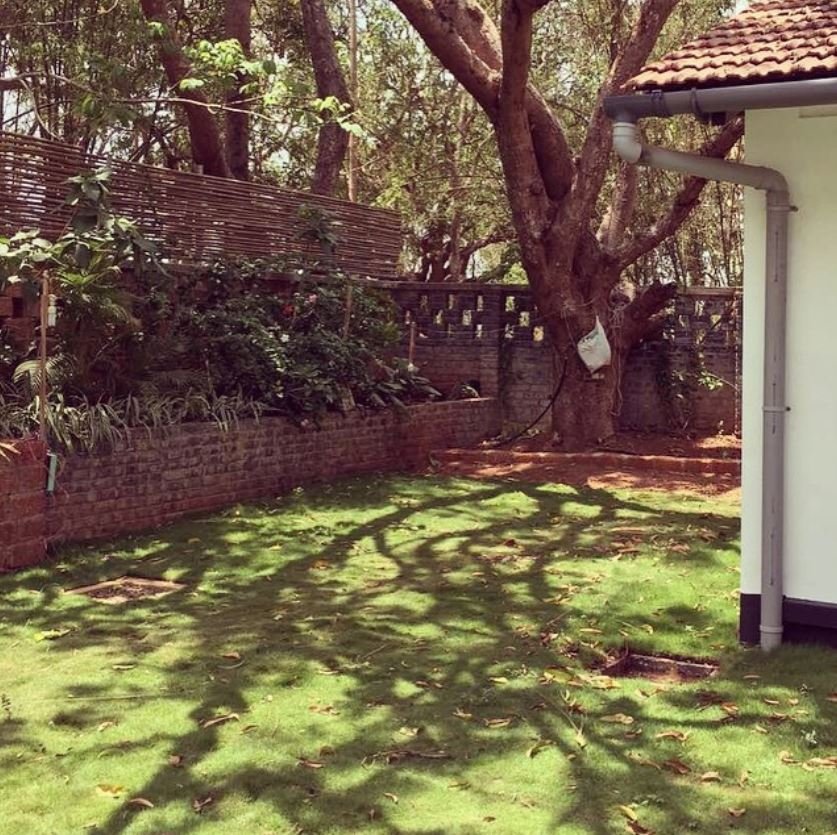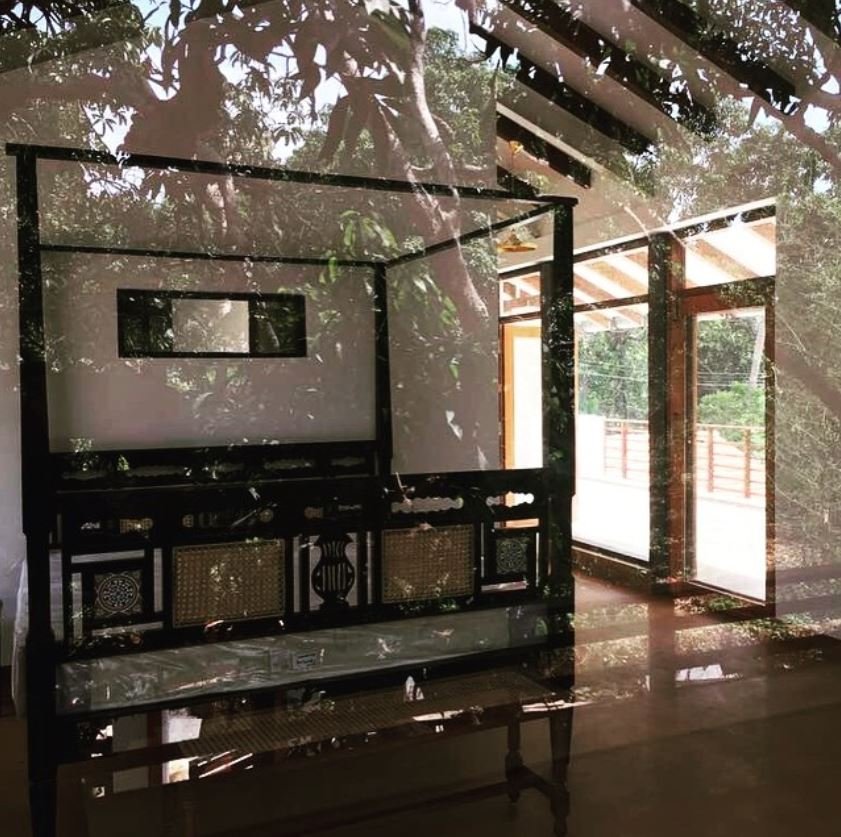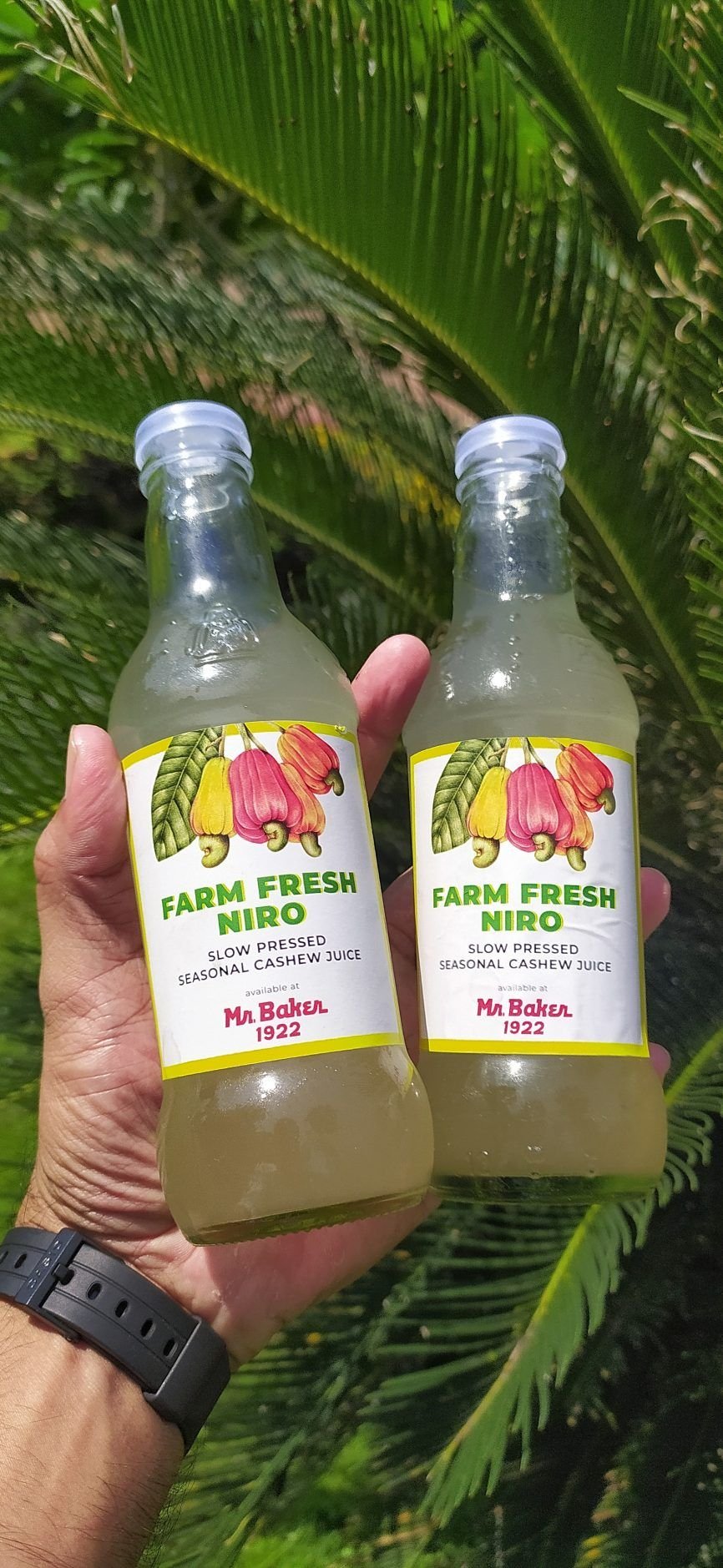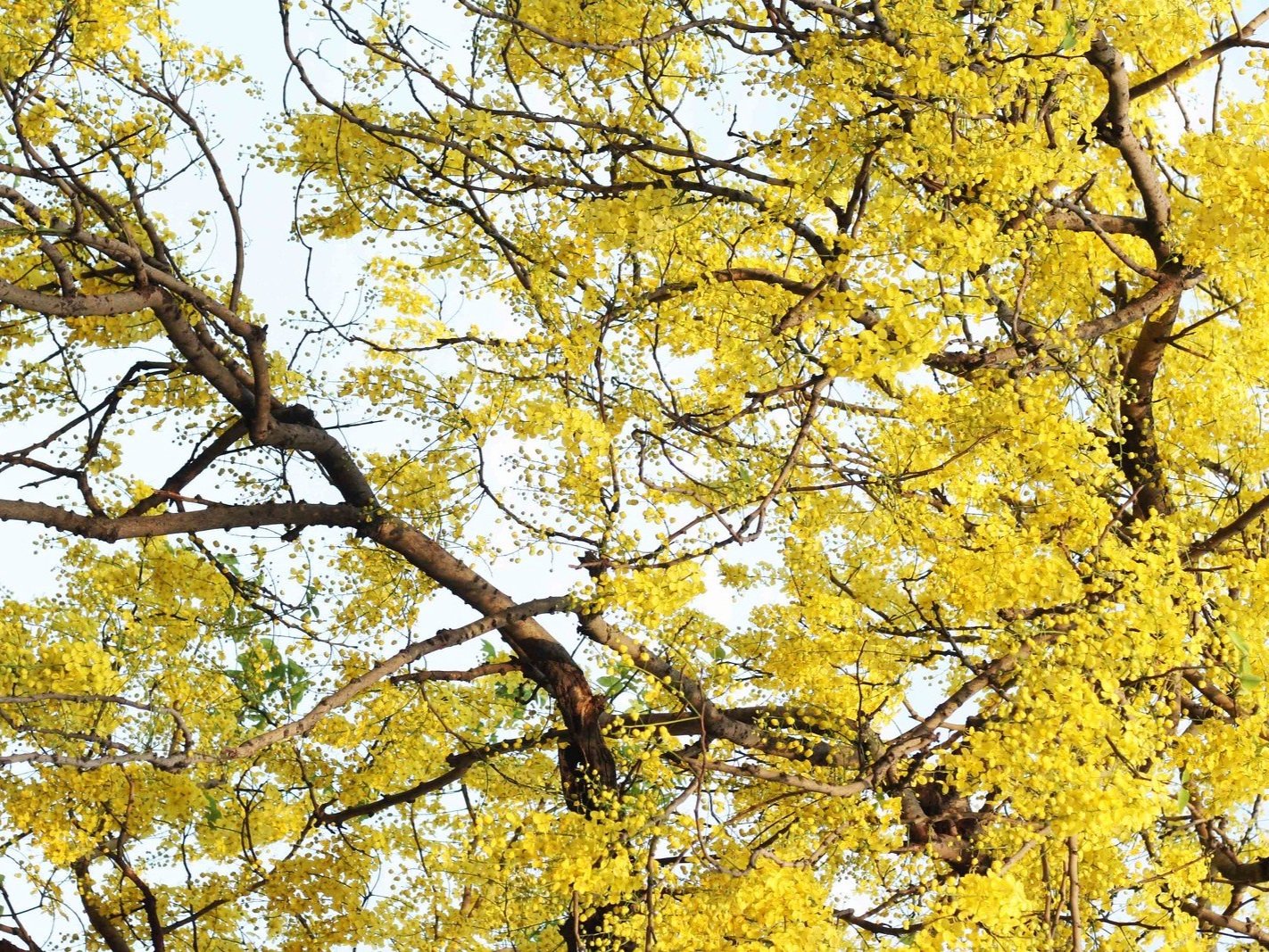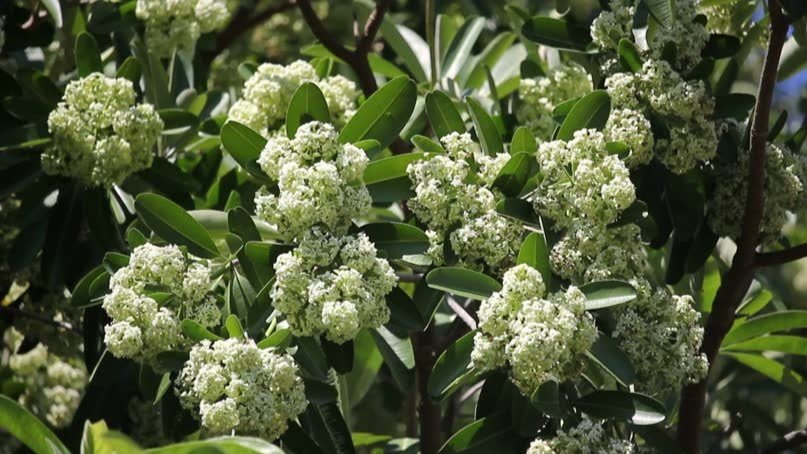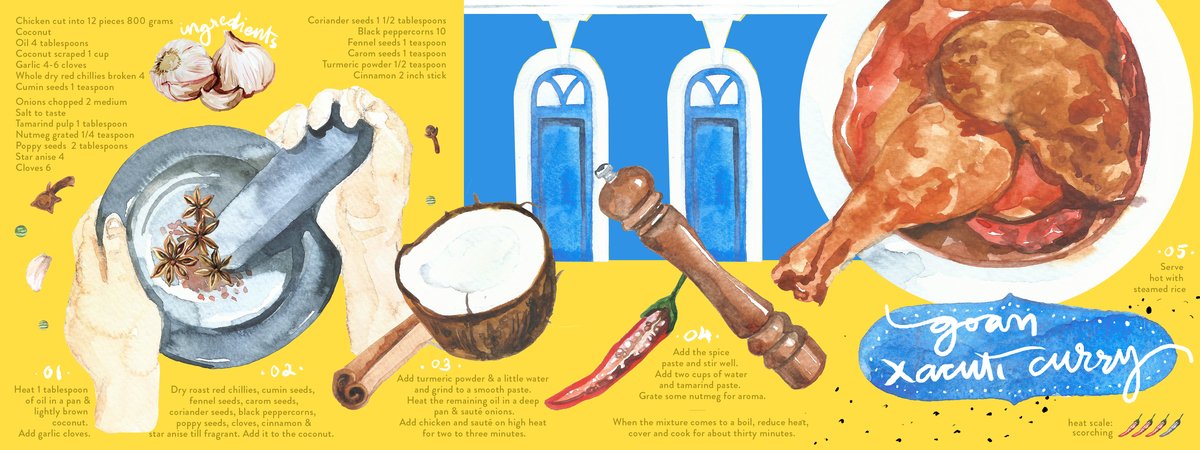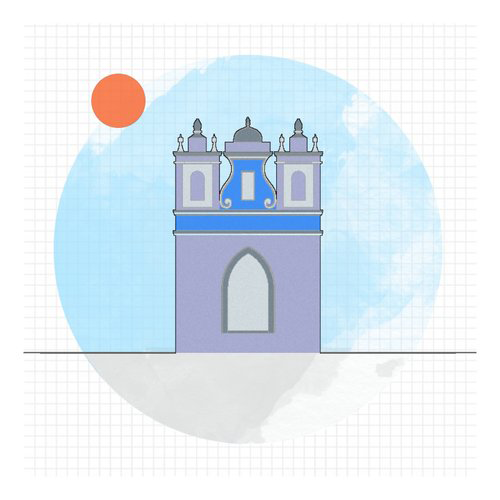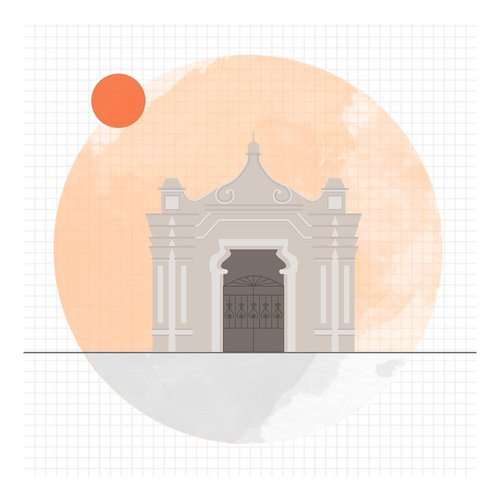
Image sourced from the internet.
Sweet summer memories for most of us involve climbing mango trees to pluck all the fresh fruit our hands could possibly reach. The mangoes of Goa are second to none, and the state is among the producers of the highest number of varieties of this delicious summer fruit. However, one particular local Goan mango trumps all others - Mankhurad!
Also known as Goa Mankur, Kurad, Malcorado, Corado etc, Mankhurad first entered the Goan belt in the early 1600s with the Portuguese travelers. With a cultivation history that spans centuries, this Goan variety has grown to become only sweeter with time. Today, the Portuguese Malcorado, is shipped all across India for its distinct taste and finds its way to the Goan summer table as fresh fruit, as well as jams, compotes and ice creams.
Life around the Mankhurad at Navovado
We were lucky to find five full grown, fruiting, and gloriously canopied Mankhurad trees on site when we began our design-development project Navovado. We have consciously preserved the vegetation and designed a modern Goan house around these magnificent mango trees that give us fresh, bountiful harvests in the summer and are a glorious green sight for sore eyes throughout the year.





